Pepper is a rather demanding crop in terms of growing conditions, especially in the northern regions. Violation of agricultural practices or unsuitable weather conditions appear on the leaves, primarily leading to a change in their color.
| Content:
|
Why do pepper seedlings turn yellow?
When growing seedlings, yellowing of pepper leaves is usually caused by improper care, and not by external factors (temperature, humidity, etc.).
Why do pepper leaves turn yellow?
- thickened shoots;
- improper watering;
- watering with cold water;
- sunburn;
- small containers;
- incorrect picking.
Peppers during the seedling period, especially in the northern regions, they don't grow well, so if they turn yellow, it is not so easy to correct the situation. Some of the seedlings still die.
Thickened shoots
As the seedlings grow, they become cramped in one bowl; they lack light, moisture, and space to grow; the roots are closely intertwined with each other, and they have nowhere to grow. In such conditions, weaker specimens die, the rest begin to compete with each other for a place in the sun and in the container.
|
Yellowing begins with the lower true leaves: they acquire a uniform pale yellow color, gradually become discolored, curl and dry out. |
If no measures are taken, the pepper seedlings may dry out completely.
What to do?
If the seedlings are too frequent, then at the cotyledon leaf stage they are thinned out, removing the weakest specimens. If the peppers become crowded as they grow, then pick them in the phase of 2-3 or even 1 true leaf (there is no other way out).
Since the root system of peppers is not sufficiently developed at this time, when picking with a sufficient lump of earth it is minimally damaged. To speed up rooting, the picked plants are watered with Kornevin’s solution (1 tbsp per plant).
Improper watering
Peppers are sensitive to both a lack of moisture and its excess, but during the seedling period they tolerate insufficient watering much more easily than waterlogging.
|
In the absence of moisture, peppers wither, but in excess, the leaves turn yellow. |
If the waterlogging is slight, then all the leaves acquire a yellowish tint, while on the lower ones the yellowness is more saturated. Gradually, the lower leaves become bright yellow, but elastic, and eventually fall off. With severe waterlogging, all leaves except the crown can turn yellow very quickly, with the lower ones being bright yellow, and towards the top of the plant the leaves become pale yellow.
Correcting the situation. All pepper containers must have drainage holes. Watering is stopped until the soil dries. If water stagnates in the container, the plant is dived into a new container with the addition of dry soil.
Watering with cold water
The seedlings are watered exclusively with warm water. Cold water is not absorbed by root hairs. Although the soil may be moist, the seedlings suffer from moisture deficiency and overcooling of the soil.
|
When watering seedlings with cold water, the lower leaves of the pepper turn yellow and droop, but do not lose their elasticity. If the situation is not corrected, they will fall. |
Enforcement measures. If after watering the leaves turn yellow, then the soil is additionally watered with warm water, to which you can add complex fertilizer “for tomatoes and peppers.” In case of excessive watering, you cannot water again. Then the seedlings are placed near the battery, which helps the soil warm up as quickly as possible. A wet towel is first hung on the battery to prevent the above-ground part from drying out.
Sunburn
A very common cause of yellowing pepper leaves, especially when growing seedlings on the south window.The spring sun is very bright and with prolonged direct illumination of seedlings, especially in the afternoon, causes leaf burns.
Yellowish or white (depending on the intensity of exposure) dry spots appear on the leaves, resembling parchment paper in color. They can be localized on any part of the leaf.
|
Depending on the intensity of sunlight, there may be several spots on one leaf. The leaf gradually loses its elasticity, becomes discolored, curls and dries out. |
Depending on the age of the seedlings, sunburn can lead to different consequences. A pepper with 2-3 true leaves dies and cannot be saved. Seedlings with 4 or more leaves shed the damaged leaf and then develop normally. But even large seedlings die if about 1/3 of all leaves are damaged.
Protection measures. Seedlings must be shaded. The glass is covered with newspapers or light cloth. Severely damaged plants are sprayed with growth stimulants Epin or Zircon.
Small containers
In cramped containers, the above-ground part of the seedlings is larger than the underground part. The roots have nowhere to grow; they entwine the earthen ball horizontally, repeatedly twisting around it. As a result, the above-ground part, even with proper watering and fertilizing, is poorly supplied with water and nutrients. Gradually she begins to feel depressed.
|
The lower leaves turn yellow and fall off. Over time, the leaves in the middle of the stem acquire a light yellow tint and then turn yellow. The whole plant looks depressed, often the leaves droop. |
Restoration activities
The pepper is planted in larger containers or, if the weather permits, planted in a greenhouse under cover, even if its age is still too young.In a greenhouse, the crop grows roots faster than in any container.
When picking or planting in a greenhouse, remove all the roots entwining the earthen ball. They are not functional and do not absorb water, do not grow and are an obstacle to the further development of the root system.
To ensure rapid rooting, peppers are watered with Kornevin.
Wrong pick
The culture is very sensitive to root damage. If half of the roots are damaged during picking, the plant will die. If less than half, then the pepper begins to shed its leaves.
Depending on the degree of damage, either the lower leaves or up to half of all leaves turn yellow, starting from the bottom. The intensity of the color change decreases from bottom to top: the lower leaves of the pepper are yellow, then upward they are pale yellow or green with a yellowish tint.
|
As the root system recovers, the leaf color returns, but the lower yellow leaves fall off. If the pepper is large, up to half the stem may become bare. |
The only thing that can be done under these conditions is to water the crop with Kornevin. In general, pepper takes a very long time to recover from damage and it can take 14-20 days before the plant resumes growth.
Reasons for yellowing of pepper leaves in a greenhouse
The main reasons are:
- temperature
- poor soil
- improper watering
Temperature
Pepper leaves turn yellow either due to strong fluctuations in day and night temperatures, or due to prolonged extreme cold.
When planting seedlings in a greenhouse, the soil is usually well heated and contrasts with the surrounding air. The above-ground part experiences hypothermia, especially at night, as a result the metabolic process between the above-ground and underground parts slows down.
|
When it gets colder, the bushes take on a yellowish tint. |
If the weather stays cold for too long, the plants will turn a uniform yellow color. If the process goes too far, the peppers die.
Preventive measures
During prolonged cold spells (and this often happens in June in the northern regions; the temperature can be below 12-13°C for more than 10 days), the peppers in the greenhouse are covered with covering material and additionally insulated with mowed grass. To increase resistance to adverse factors, plants are sprayed with growth stimulants Epin or Zircon.
With sharp fluctuations in temperature day and night, the bushes become pale green with a yellowish tint, and the lower leaves acquire a rich yellow color. Plants begin to shed excess leaf blades to reduce evaporation during the day. As a rule, bushes located near the doors of the greenhouse are more affected.
Covering plants with insulation is ineffective, because if the greenhouse is not opened during the day, the peppers suffer from the heat and still experience hypothermia at night.
Protective measures
|
If possible, hot bricks are placed in the greenhouse overnight, as a result the air is heated and the changes are not so sharp. |
If this is not possible, then place as many buckets of water as possible in the greenhouse. During the day, in the sun, the water becomes very hot (even hot), and at night it slowly releases heat, and the temperature in the greenhouse is 2-3°C higher than usual. For the same purpose, hay is laid out between the rows, without, however, covering the pepper bushes with it. At night, the hay releases the heat accumulated during the day.
For preventive purposes, peppers are sprayed with growth stimulants Zircon and Epin.
Poor soil
In poor soil, plants lack nutrients throughout the entire growing season. It can appear at any stage of growth, but it becomes most noticeable during the flowering and fruiting period.
|
At the beginning of flowering and fruiting, the leaves in the lower and middle tier acquire a yellowish tint and become less elastic. In addition, with a lack of nutrition, peppers lose their color and ovaries very much. |
Exactly as many flowers and ovaries remain on the plant as the bush can feed. Yellowed leaves also fall off.
With a strong deficiency of elements, the plant completely sheds all ovaries, flowers and buds and, as the deficiency intensifies, the leaf plates of the lower and middle tier fall off.
Signs of elemental deficiency
|
The leaf blade turns yellow along the edge, gradually the edge dries out and crumbles - lack of potassium. |
The bushes are sprayed with potassium nitrate or potassium sulfate. Root feeding with potassium monophosphate, which in addition to potassium also contains phosphorus, which is so necessary for plants, has a good effect.
|
The leaves are small, begin to turn yellow from the crown, and the yellowness gradually spreads lower down the stem. Lack of nitrogen. |
Root feeding is done with organic matter (infusion of manure, infusion of weeds, humates) or nitrogen fertilizers (urea, ammonium nitrate). Repeated feeding is possible no earlier than after 14 days. If you overfeed a crop with nitrogen, it will go into the tops and there will be no flowers or ovaries on it. And if in the southern regions the situation can be corrected, then in the northern regions it is a complete loss of the harvest.
|
The leaf blade turns yellow, but the veins remain deep green - a lack of iron. |
The problem often occurs in acidic soils. This is the most easily eliminated shortcoming.Plants are sprayed with Micro Fe preparations, ferrovit or any microfertilizer containing iron. Leaves (unlike deficiency of other elements) are restored very quickly. Within 2-4 days after feeding, they acquire a normal appearance. Folk method: stick a few nails near the bushes.
|
Lack of magnesium. The leaf blade becomes reddish with small yellow specks. Sometimes yellow or brownish spots appear, and the tissue dies over time. |
Its deficiency is often observed against the background of high potassium content in the soil. These elements are antagonists, so it is advisable to add them together. But if there is a lack of magnesium, fertilize with microfertilizers containing magnesium. Plants grown in acidic soils are especially affected.
|
Boron deficiency. |
At boron deficiency The pepper leaves turn a yellowish-white color like a sunburn, but they curl slightly. The bushes are watered with a solution of boric acid or microfertilizers with boron.
|
Lack of manganese. Oddly enough, it is not so rare. Yellow spots appear on the leaf blades along the veins, but the veins themselves remain green. |
The deficiency of the element is more pronounced on the leaves of the middle and lower tier. The crop is fed with microfertilizer containing manganese.
Restoration activities. Feeding is carried out once every 7-10 days. Peppers are a very fastidious crop that responds slowly to feeding. Therefore, the first improvements can be noticed only 5-7 days after feeding.
Improper watering
The culture is sensitive to both excess and lack of moisture. When there is a lack of moisture, the plant begins to take water from the lower and middle leaves and direct it to the growing point.As a result, first the lower and then the middle leaves of the pepper turn yellow, dry out and fall off.
|
To correct the situation, watering is carried out when the ground becomes moist, but not wet (depending on the weather, once every 3-5 days). |
If there is excess moisture, the roots do not have enough air. The normal supply to the above-ground part of the plant is interrupted. Despite the moist soil, the bushes look depressed, the lower leaves droop and turn yellow, and the plant itself looks lethargic.
To urgently eliminate excess moisture and normal saturation of the soil with oxygen, the soil in the bed with peppers is loosened. Watering is stopped until the soil dries.
Yellowing of peppers in open ground
The reasons for the yellowing of pepper leaves are the same.
Temperature
In open ground the situation is different from in a greenhouse. It may be warm or even hot outside, but the soil has not yet warmed up enough.
When planted in cold soil, the roots stop functioning and the supply of nutrients to the tops decreases.
|
If the soil is very cold, the plants die. In other cases, a more or less strong yellowing of the aerial part is observed. |
Restoration activities. The soil around the bushes is covered with black film. As a result, the earth quickly warms up and the roots restore their suction function.
Watering is carried out only with warm water (temperature at least 25°C). To improve growth, nitrogen fertilizing is done.
The soil
In open ground, plants may lack the same nutrients as in a greenhouse. To eliminate symptoms, appropriate feeding is done.
Peppers may turn very yellow due to inappropriate acidity. And if the plants have already been planted, then it is too late to take measures to normalize the pH.In this case, on chernozems (alkaline soils), physiologically acidic fertilizers are used when fertilizing: ammonium sulfate, double superphosphate.
|
Also, increased alkalinity can be reduced by watering the peppers once with an infusion of pine needles, mulching the plants with peat. |
To eliminate excessive acidity, peppers are fed with slurry, humates, and ash at the initial stage of growth.
The situation will gradually begin to improve, but on unsuitable soils the leaves will have a yellowish tint until the end of the season.
Watering
In wet weather, do not water the peppers. During heavy rains, the crop experiences severe waterlogging and acquires a yellowish tint, although it looks healthy. To eliminate excess moisture, the bed with peppers is constantly loosened.
|
In extreme heat, it is sometimes necessary to water the plants every day. |
When there is severe drought, the peppers wilt and begin to shed their leaves. The lower leaves turn yellow and sometimes, before they have time to fall, they dry out on the bush. In this case, watering is increased. Additionally, peppers are sprayed with warm water early in the morning or evening to increase the humidity in the garden.
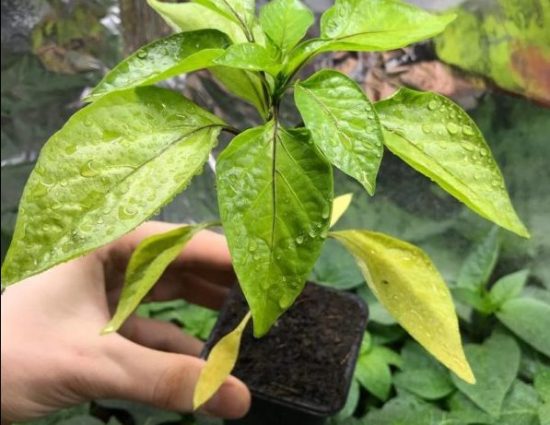
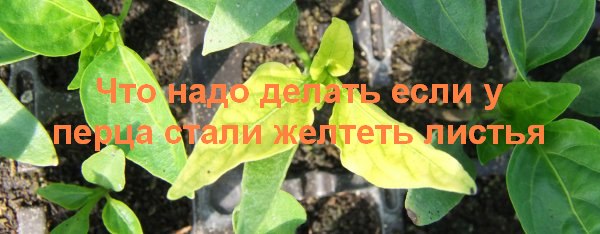
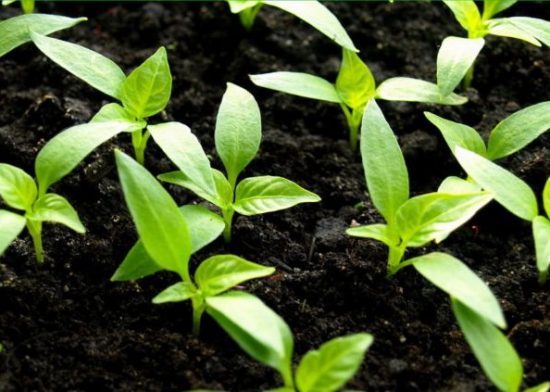
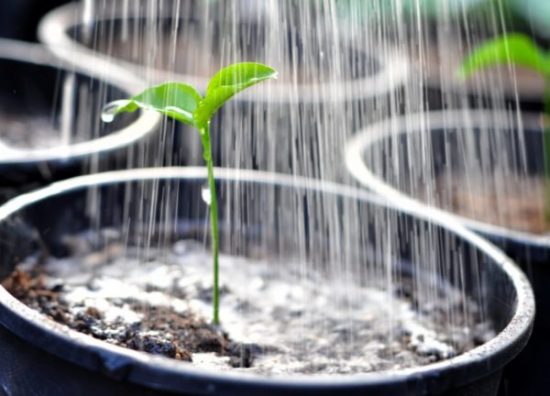
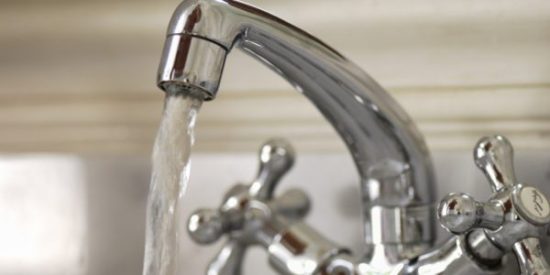
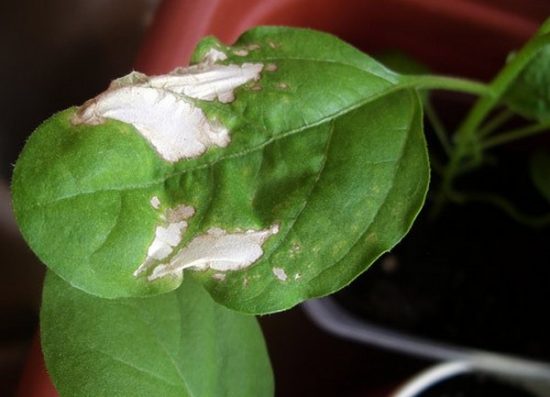
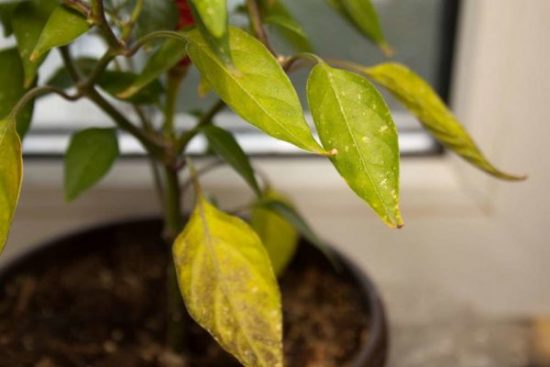
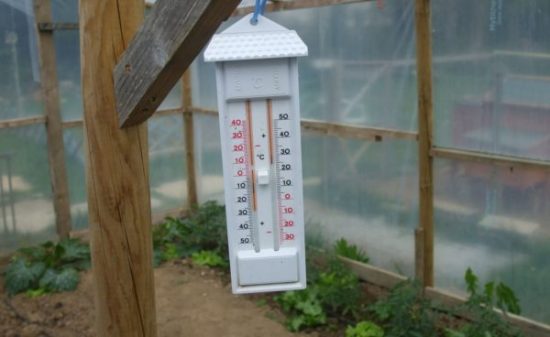
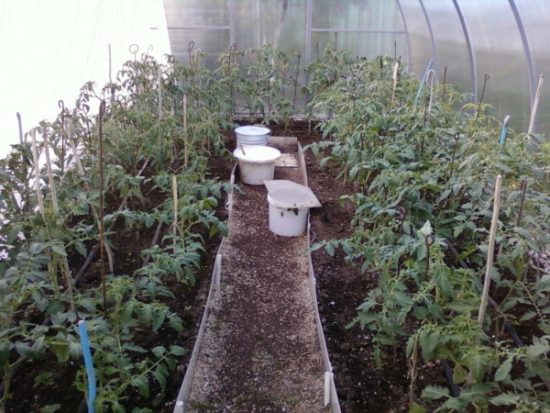
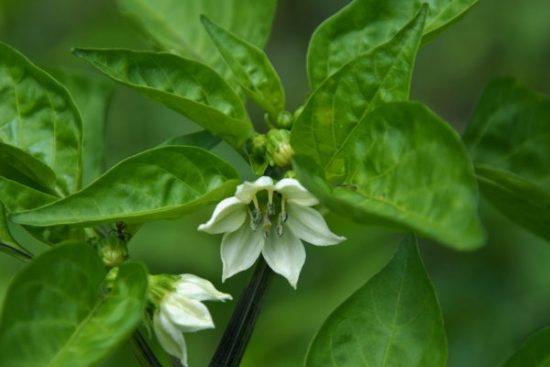
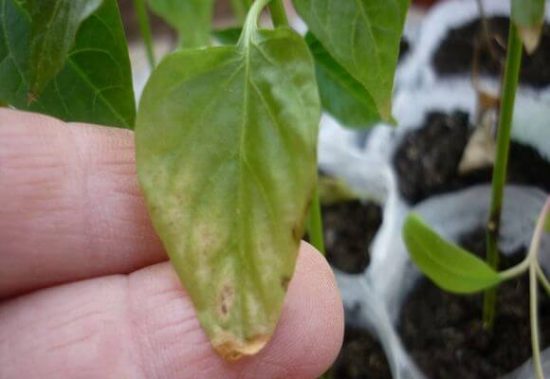

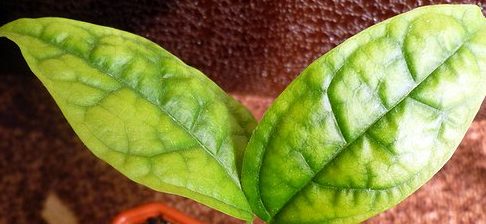
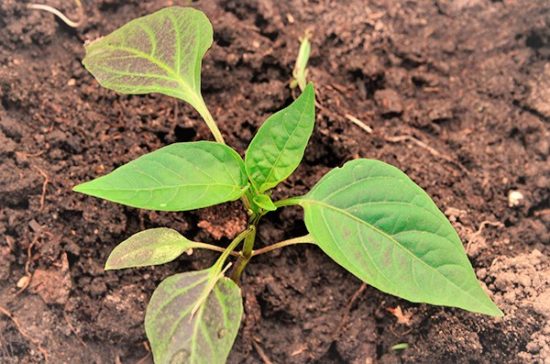
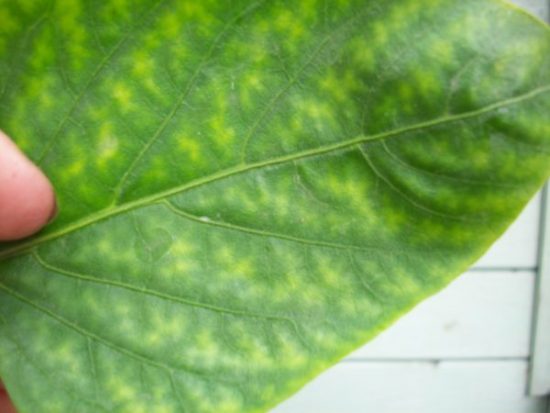


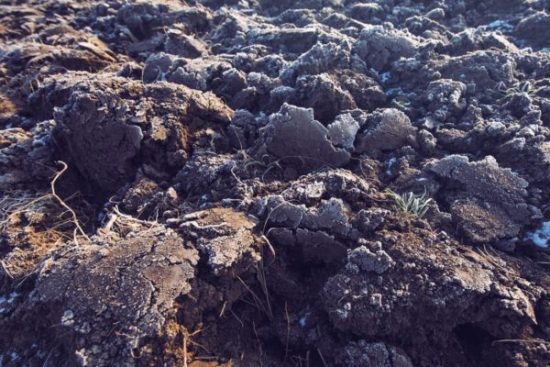
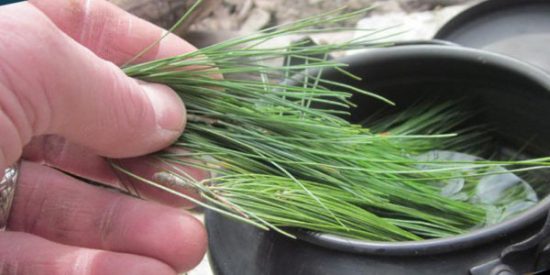
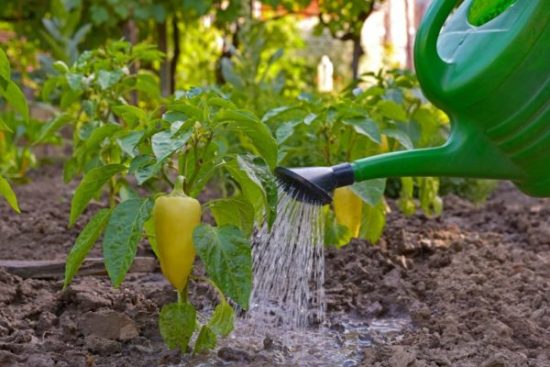

 (7 ratings, average: 4,14 out of 5)
(7 ratings, average: 4,14 out of 5) CUCUMBERS NEVER GET SICK, I'VE BEEN USING ONLY THIS FOR 40 YEARS! I SHARE A SECRET WITH YOU, CUCUMBERS ARE LIKE THE PICTURE!
CUCUMBERS NEVER GET SICK, I'VE BEEN USING ONLY THIS FOR 40 YEARS! I SHARE A SECRET WITH YOU, CUCUMBERS ARE LIKE THE PICTURE! You can dig a bucket of potatoes from each bush. Do you think these are fairy tales? Watch the video
You can dig a bucket of potatoes from each bush. Do you think these are fairy tales? Watch the video
 How our fellow gardeners work in Korea. There is a lot to learn and just fun to watch.
How our fellow gardeners work in Korea. There is a lot to learn and just fun to watch. Eye trainer. The author claims that with daily viewing, vision is restored. They don't charge money for views.
Eye trainer. The author claims that with daily viewing, vision is restored. They don't charge money for views. A 3-ingredient cake recipe in 30 minutes is better than Napoleon. Simple and very tasty.
A 3-ingredient cake recipe in 30 minutes is better than Napoleon. Simple and very tasty. Therapeutic exercises for cervical osteochondrosis. A complete set of exercises.
Therapeutic exercises for cervical osteochondrosis. A complete set of exercises. Which indoor plants match your zodiac sign?
Which indoor plants match your zodiac sign? What about them? Excursion to German dachas.
What about them? Excursion to German dachas.